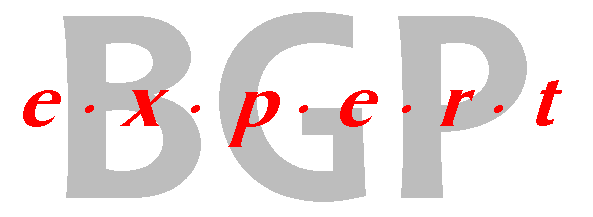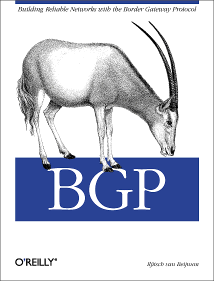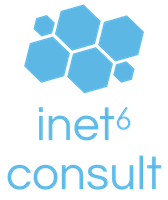
|

|

|
|
Home ·
BGP Expert Test ·
What is BGP? ·
BGP Vendors ·
Links ·
Archives ·
Books ·
My New BGP Book | ||
 (advertisement)
(advertisement)
| ||
|
Documentation ASNs and IP prefixes (posted 2015-04-24)
As you may have noticed, I write about BGP from time to time. When coming up with example configurations, there's always the challenge of which AS numbers and IP addresses/prefixes to use. Although it's unlikely people will simply copy numbers and addresses from examples into their own BGP configurations, experience with NTP has shown that this can be a real problem, so it's a good idea to avoid "real" addresses and numbers in examples. One obvious choice for IPv4 addresses in examples is the RFC 1918 space: 10.0.0.0/8, 172.16.0.0/12 and 192.168.0.0. For IPv6, you could use the unique (site) local addresses (ULA, RFC 4193: fc00::/7, or, more precisely, the ones you get to generate yourself in fd00::/8. I wouldn't recommend using the original site local IPv6 addresses (fec0::/10), as these are "deprecated" in RFC 3879. For AS numbers, there's the private range 64512 - 65534 (16 bit) and 4200000000 - 4294967294 (32 bit) in the IANA registry. However, there are also address and AS number ranges specifically set aside for example and documentation use. These have the advantage that they can easily be recognized as being intended for documentation, and won't clash with ranges used in private networks. They are:
I actually didn't know about the documentation AS number ranges and the second and third IPv4 documentation ranges. The extra IPv4 ranges will be very useful, as just 192.0.2.0/24 often isn't enough in more complex BGP examples, especially as I don't want to give the impression that it's possible to deaggregate a /24 into smaller parts. The 16-bit documentation AS numbers will also be useful. Unfortunately, the 32-bit ones aren't really useful as they look too much like 16-bit numbers. However, the 65552 - 131071 range is "reserved" so I guess I'll continue to use AS numbers in the 9xxxx range as examples of 32-bit ASNs.
|
